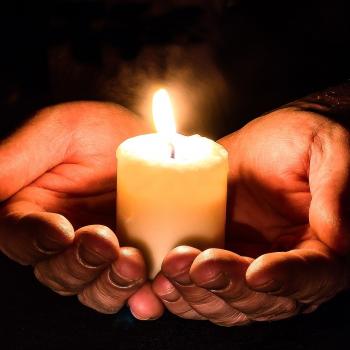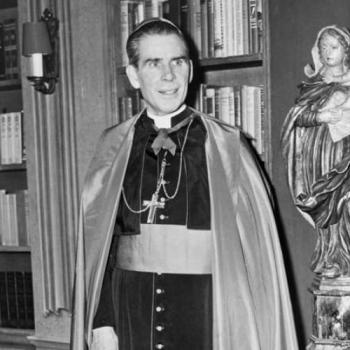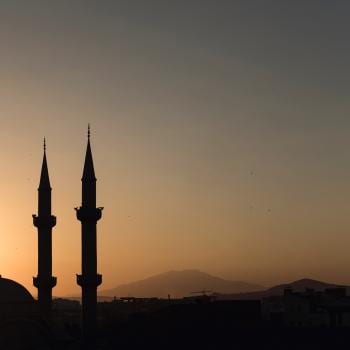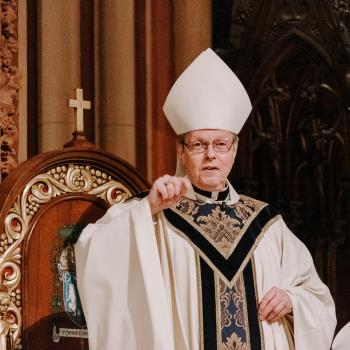An interesting analysis here, with some significant news about deacons:
Ordinations to the priesthood and seminarians preparing for this vocation are up. Ordinations have increased by 12% since 2000 and the number of seminarians enrolled has increased by 5%. Yet the strongest growth among the clergy is in the number of permanent deacons who have gone from 12,378 in 2000 to 17,464 in 2013 (+41%). Essentially the Church now has enough deacons to have about one in every parish. The number of lay professional ministers (excluding vowed religious who serve in parish ministry) has also increased from 17,315 to 21,424 (+24%) or to about 1.2 per parish.
The parish-affiliated Catholic population has grown by 11% and the self-identified Catholic population has grown by 7% since 2000. Overall, the self-identified Catholic population has added 5 million. A significant portion of this growth has come from foreign-born Catholic adults which have increased by 4.4 million. CARA’s survey-based estimates of Mass attendance show a slight uptick from 22% attending weekly to 24%. With a growing Catholic population that means nationally the Church has seen the number of Catholics who go to church every week increase by more than 2.6 million since 2000 (+17%).
Now for the bad news—the things the Church needs to work on in the future to ensure its health…
The Catholic Church in the U.S. has experienced a net loss of 1,753 parishes since 2000 (-9%). Most of these losses have occurred in the Northeast and Midwest with too few parishes being opened in the South and West where Catholic population growth is concentrated. Although ordinations are up these remain insufficient to maintain the population of priests due to retirements and deaths. Overall, the number of priests in the U.S. has fallen by 7,424 since 2000 (-16%). The number of parishes without a resident priest pastor has increased by 653 to 3,496 (+23%). The ratio of active diocesan priests to parishes has decreased from 1.2 to a precarious 1.0. Although more parishes are without a resident priest pastor the Church has decreased the number of parishes where pastoral care is entrusted to a deacon or lay person (Canon 517.2) from 447 in 2000 to 388 now (-13%). Essentially, in many dioceses, parishes are being closed rather than having these entrusted to a deacon or lay person.
The number of religious sisters in the U.S. has now fallen below 50,000 after experiencing a 38% decline since 2000 (from 79,814 to 49,883). Religious brothers have experienced a decline of 24% (from 5,662 to 4,318).
Although the number of deacons and professional lay ministers are increasing there may be trouble ahead as there are fewer preparing to add themselves to these ranks. The number of permanent deacon candidates has fallen by 19% and the number of people enrolled in lay ecclesial ministry formation programs has dropped by 27% since 2000.
That’s just for starters. Read it all. The conclusion:
This checkup gives the Church a lot to work on. Perhaps the more important checkup is a year away. With the 2015 OCD we’ll have a clearer idea of the impact of Pope Francis on the U.S. numbers. It is also the case that with unemployment declining and the economy continuing to recover we may expect to see increases in marriages, births, and baptisms. It is also important to note that globally the Church’s charts look very healthy with broad indicators of growth.












